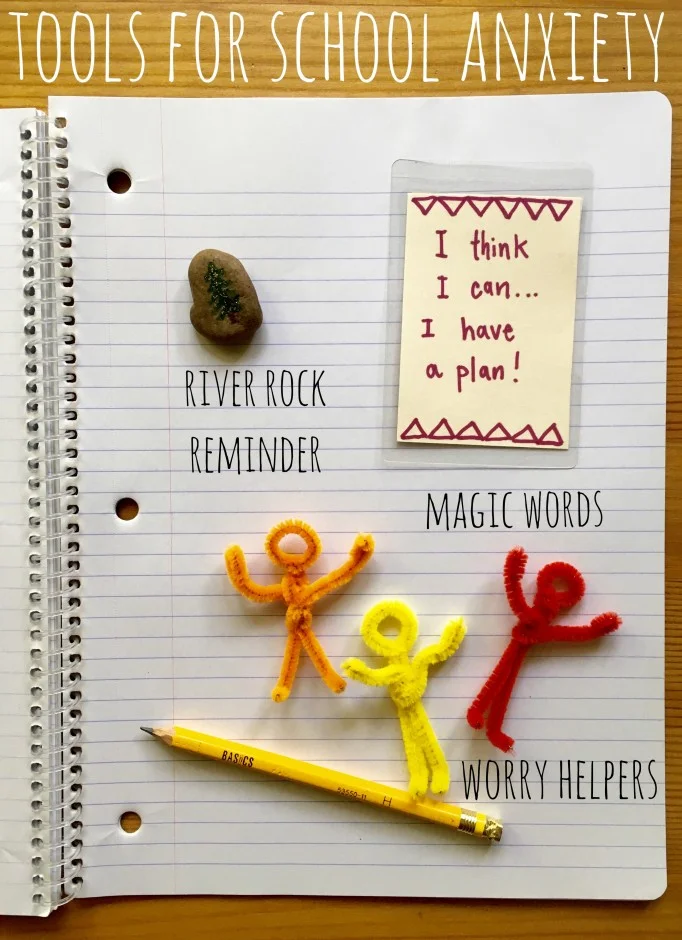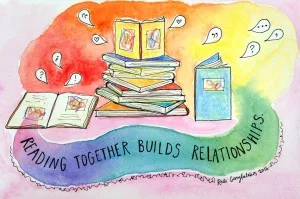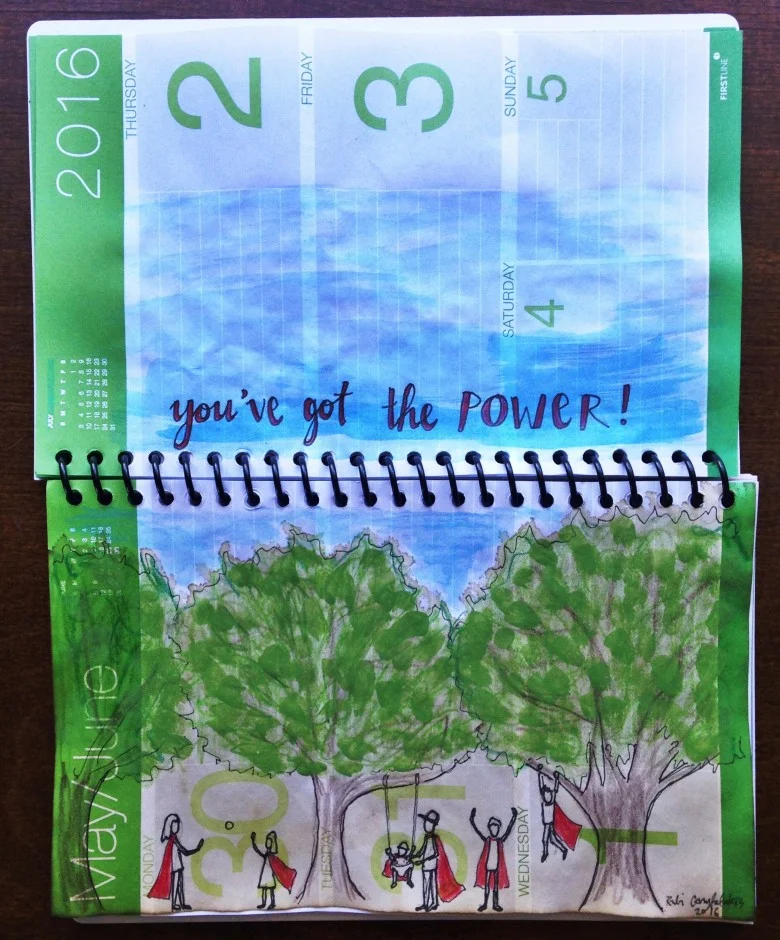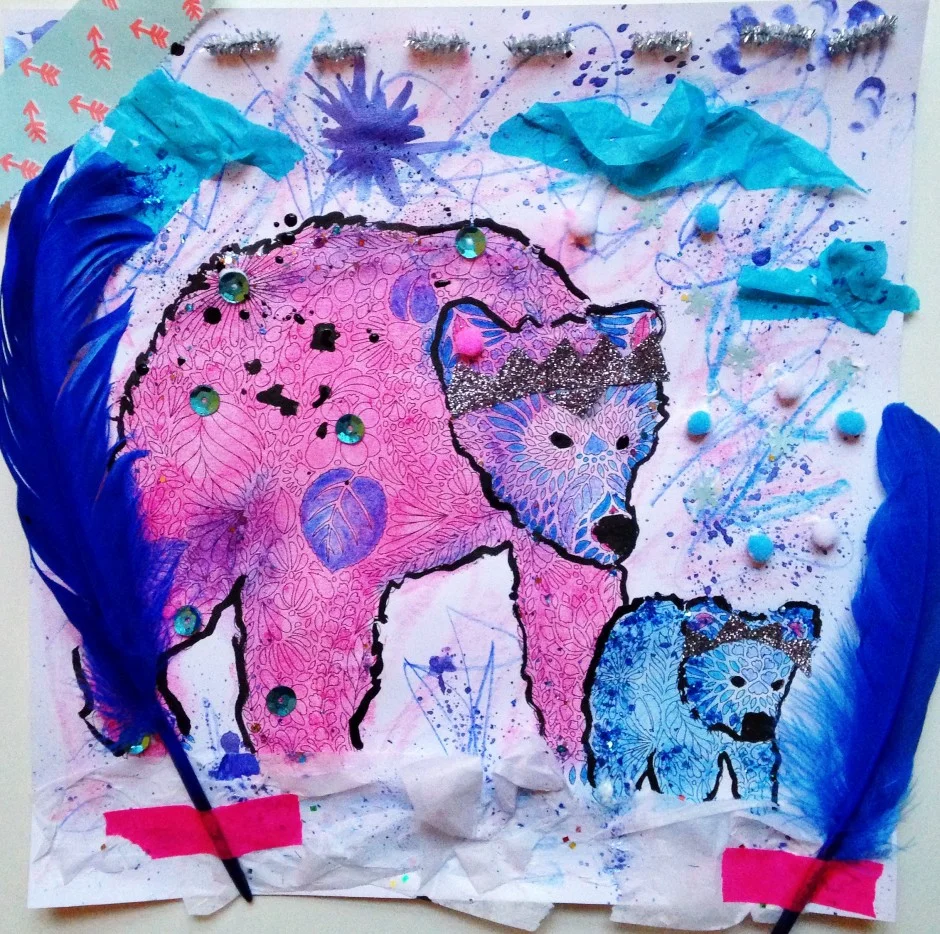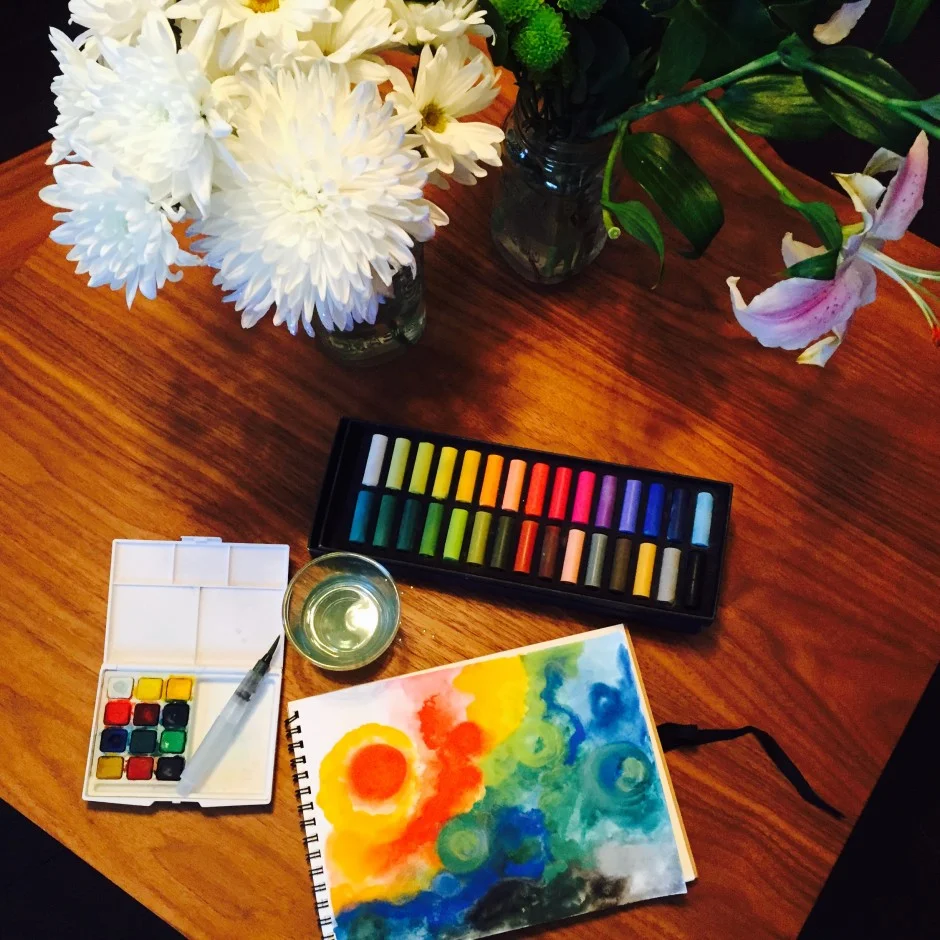As school is winding down for the year, you may be thinking about goals for summer vacation. Today we’re suggesting one simple thing: reading stories with your kids! Even if you are not a parent, chances are that there are some special kids in your life – perhaps nieces, nephews or family friends – who would love to read a book with you.
5 Creative Ways to Empower your Family
At Art as Therapy we believe that all people have strengths and possess inner power that we can use to accomplish goals, experience success, and engage with others in healthy and creative ways. Sometimes in the midst of struggles or just the busyness of everyday life we can forget about our inner power, or lose sight of it in others. Art and play require creative problem solving and provide opportunities for us to exercise our unique strengths and tap into our inner power. Today we’re sharing five creative ways that you can have fun with your family and at the same time discover the everyday superpowers that exist within each person.
Color psychology
March is typically the time of year when we Canadians start woefully resenting winter and wishing desperately for spring. For many, the monotonous landscape of white and gray begins to take its toll on both mood and energy. We dread hearing snow in the forecast and grumble about shovelling the driveway again. But in reality, spring is still some time away. That’s why at Art as Therapy we are thinking about infusing the monotony of winter with some COLOR!
Showing Love in Ways that Fit
Introversion and extraversion are terms that were coined by Carl Jung to describe the two main ways that people get their energy. Introverts feel energized from spending time alone and are naturally drawn to their own inner world, while extroverts get their energy from being around lots of people and actively engaging in the outer world.
Adult colouring books: exploring beyond the lines
Adult colouring books are currently all the rage. I’m sure you’ve seen them lining the shelves of book stores and art stores alike – I even found one while picking up groceries! Some of the adult colouring books are advertised as “art therapy” and promise to help you colour your way to happiness or a stress-free life. So what’s this fad all about? Do these claims hold any truth? And what’s the difference between colouring and art therapy?
Time to reflect: Art as Therapy’s Empowerment challenge
It is an absolute pleasure working with young children purely because their outlook and perspective is so unique. They are typically focused on the moment; they express an exorbitant amount of joy for something we adults would deem unnecessary or merely dismiss. Since they have few expectations they innocently live in the moment, neither rooted in the past nor floating in the future. As we live in the age of distraction, precious moments slip by without us giving them a single thought.
New Year’s Resolutions – Let’s Focus on Mental Health for 2016
According to Dr. Dan Siegel, the health of our minds depends on successful integration of embodied and relationally embedded processes. This means that our mental health is connected to our physical bodies and our relationships with other people. Integration is when our physical well-being and our relational connections work together in a balanced way that supports our mental health.
Olivia Ashworth
Olivia joined the Art Therapy program six years ago at the age of 91. Olivia loves to tell the story of how she became a prolific painter. She would play the organ for the artists in the Art Therapy program. One afternoon she was invited by the Art Therapist to join the group. She provided Olivia with a template, suggesting she could trace it, Olivia, who is always up for a challenge, remarked that this would be cheating. She asked the Art Therapist if she may try drawing and thus began her journey into a whole new world.
Strategy #3 Coping strategies for out-of-control emotions
What to do and what not to do when feelings get out of control: DO reinforce boundaries to ensure your child’s safety. DO validate your child’s feelings (eg. “I can see that you are very upset right now”). DO try your best to remain calm, and to respond rather than react. DO redirect your child to a safe space where they can take some time to calm down and focus on breathing. DON’T punish the feeling. Make sure that any punishment is targeted at unhelpful strategies for dealing with intense feelings, and not the feeling itself. In other words, help your child to understand that they are getting in trouble for drawing on the walls, but not for feeling angry. After your child has calmed down, DO brainstorm with them about some more helpful ways that they can express their intense emotion next time. DON’T lose hope. Tantrums are very challenging to deal with, but remember that by taking the time to help your child process their intense emotions, you are building strengths and resources that will equip your child for a lifetime of healthy emotional expression.
Strategy #2: Simple strategies for identifying and labeling feelings
Welcome to part two of Art as Therapy’s blog series on simple strategies for parents to help children express their emotions. Last month we talked about how children learn to identify, express, and manage their emotions through interactions with others, especially their parents. Sometimes part of the difficulty in expressing emotions is being unsure about what it is that we are feeling. Visual feelings tools can help us to identify our emotions, and to place them within the context of our experiences. Here are some more strategies to help you and your children to identify and label all different kinds of feelings in yourselves and in others:





